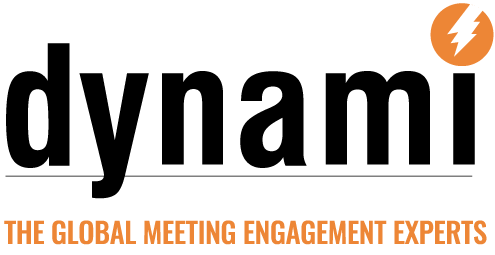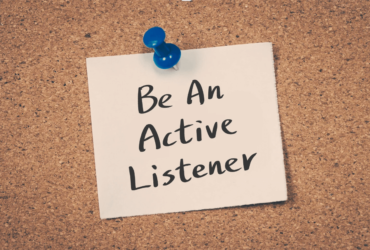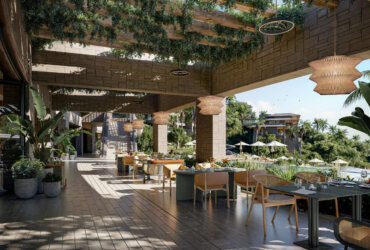After a year of pandemic-forced hibernation, you’ve made the big decision: You’re going to host a hybrid meeting. Fantastic!
But what does that even mean …?
Each day, we hear of more and more organizations deciding now is the time for re-entry into the live-event world, but not in an “everything’s back to normal” kind of way. While some people are comfortable resuming typical day-to-day activities, others remain reticent about air travel and gathering face-to-face [F2F]. That is where hybrid meetings can be the universal fit.
But only if done correctly.
Let’s start by explaining what hybrid meetings really are. Think of a box of assorted Lego® pieces. You have bricks of varying lengths, flat tiles, plates, slopes and other specialty shapes. What should you build? Well, the possibilities are virtually unlimited. In fact, according to Wikipedia, six 2×4-configured bricks can be combined an astounding 915,103,765 ways! Hybrid meetings are the same.
Do I have your attention yet?
What is a hybrid meeting?
In general, hybrid meetings consist of a traditional F2F audience and a remote audience. Those are the basics. Sounds simple but it’s not. How you bring those audiences together and how you simultaneously engage them is where the magic – and the hard work – comes into play.
Should you gather all your execs in one location to present and livestream to the rest of the audience remotely?
Do you give attendees the option to attend in-person or view online? This is, by definition, the core of hybrid meetings.
Do you gather regionally in multiple, smaller groups and have in-person segments plus some virtual streamed from other locales or a “headquarters” location where much of the content is presented?
Or do you configure your hybrid event some other way?
Yes, no and maybe to all of the above. Your choice. [And don’t forget the CDC-recommended safety protocols for the in-person portions.]
The style of hybrid meeting and the manner in which you assemble the various components [the Lego® bricks] to achieve the outcome you desire should be based on why you need to hold this meeting in the first place, who needs to be present [and who doesn’t need to be present], what you need to say [and what you don’t need to say], amount of calendar time available for pre-planning, how long you can realistically keep your audience[s] engaged, and, of course, cost.
Comfort Levels and Firepower
When building a hybrid event, you must factor in the needs of four elements: Presenters, audience[s], program components, and technical [platform, internet capabilities, production, etc.].
One critical consideration is the comfort level of attendees and the risk/perceived risk the company is willing to take while forging ahead and returning to where we once were with meetings and events. Until things normalize, anticipate some degree of apprehension among attendees and take steps to address it. Ensure social distancing, include sanitation stations, masks when you can’t socially distance… the new norm. You’ve heard it a zillion times, just be sure to do it to help put your participants – hosts, attendees and crew – at ease.
The next challenge: Making sure you have enough firepower and bandwidth to actually deliver the hybrid event you envision. Is it even technically executable within your stated budget and timeline? Hybrid demands a level of robustness beyond what a traditional F2F event requires.
You can’t hop aboard a scooter and expect to travel 100mph. [Please forgive me for trying to manage expectations.]
Rece, Desmond, Kirk and Coach
A great example of a hybrid model is ESPN’s College GameDay in the fall. It’s a three-hour football show broadcast on Saturday mornings, a time when people have a lot on their minds and even more on their “To Do” lists — household chores, yardwork, maybe there’s a family breakfast gathering, an early Little League game to be played, catch-up work to be done before Monday, yada, yada, yada.
In spite of this, College GameDay makes it work. It’s been on the air for 34 years and draws an audience of more than two million viewers who choose to watch the show and who talk about it afterward with friends and colleagues.
How do they do it?
Quite simply, by keeping the show fresh from week-to-week, season-to-season and by constantly adding a little of this, a little of that to keep people engaged. Aside from the onsite hosts – Rece, Desmond, Kirk and Coach – they’ve got a beautiful studio set, a dynamic backdrop of in-person, clever-sign-carrying fans [my personal favorite as there’s always a Clemson flag flying high], highlight videos, story-telling segments, ever-changing graphic boxes in the corner of the screen, and the omnipresent ticker in the lower-third.
Toss in polished hosts with great insight, humor and back-and-forth, friendly banter and you’ve got the magic you need to keep your on- and off-premise viewers engaged, entertained and informed when they might otherwise be easily distracted. This not only feeds the need of those with ADD, it’s a necessary evil when trying to keep all eyes on the screen.
Sound familiar?
Hybrid meetings really are, in many ways, like doing a live television broadcast. No successful on-air program comes together without the requisite amount of pre-planning, message development, consideration of audience needs, creativity, hitting agreed-upon deadlines, rehearsals and technical execution. Allow me to comment further on the importance of pre-planning …
Hybrid demands meticulous pre-planning and forethought. Did I say “meticulous? Oh yes, I did … and I meant it. Hybrid also requires a healthy dose of creativity, tailoring your agenda and messaging to a platform significantly different from the world of F2F meetings, and rehearsing, rehearsing, rehearsing.
It also means more stringent pre-event deadlines and understanding budgetary complexities. Hybrid meetings can be done cost-efficiently but seldom can they be done on the cheap. And when they’re not done cost effectively, they can quickly become whatever the polar opposite is of cheap. Just keep in mind, with hybrid, you have multiple audiences to make happy, and that’s no small feat.
My final point, and quite a simple one if I may say so, is to take that first step to transform your vision and make it a reality. If you’ve decided it’s time for re-entry and you want to hold a hybrid event, call dynami for a free consultation. We can help you devise the best way to configure those metaphorical Lego® pieces [remember that 915,103,765 number] to achieve the hybrid meeting you envision, desire, and need.
Best Regards,
Julie Thompson-Whelan






